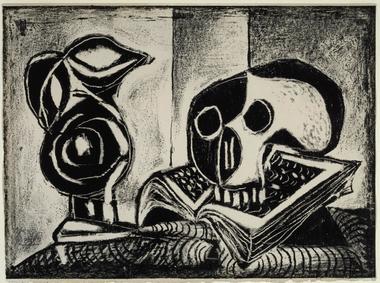
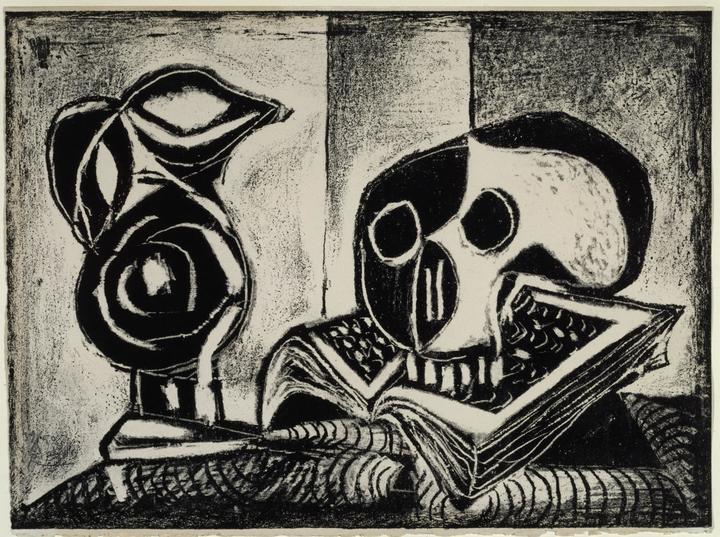
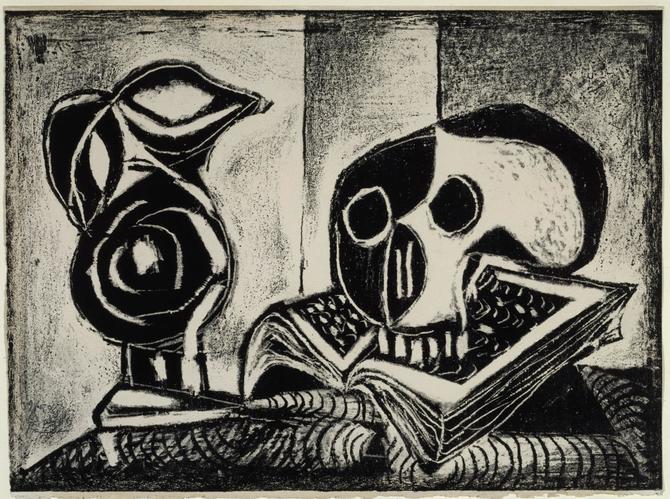
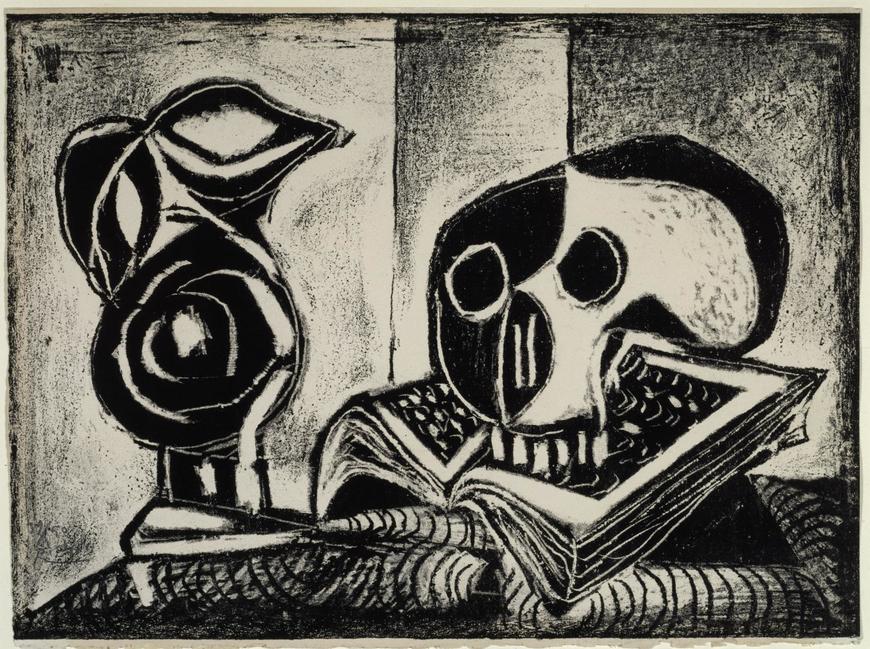
The question of death occupied an extremely important place in poetry, music, and art of all times. There are many reasons for that: a person usually meets at least several times with the death of others during his life and at the same time realizes the inevitability of his own death. The problem of death always remains relevant, despite changing conditions of life, religious beliefs, and philosophical orientations. In this work, I would like to analyze three famous creations upon this topic from different spheres of human culture and find out how authors interpret death in their compositions. So let us start from art.
Guernica by Pablo Picasso is a worldwide famous masterpiece. The expressive canvas of Picasso, painted in 1937, was a public protest against the Nazi bombing of the Basque town of Guernica (Serres). To my mind, this work is full of personal feelings of suffering and violence. If one looks to the right part of the picture, he can see the figures run away from the burning building, from the window of which a woman falls; when one looks left, he can see a sobbing mother holding her child in her arms, and a triumphant bull treading a fallen warrior. A broken sword, a crushed flower and a dove, a skull (hidden inside the horse's body), and the pose of a fallen warrior, resembling a crucifix, are all generalized symbols of war and death. The bull symbolizes cruelty, and the horse - the suffering of the innocent. This way, in his work, the artist tried to show people the horridness of violent death, the pain, and horror of war, as well as the inhumanity of this phenomenon, and, in my opinion, he successfully coped with it.
Attached file: Interpretation of death in masterpieces of poetry, music and art.docx
Click download to get access to a full version of the paper

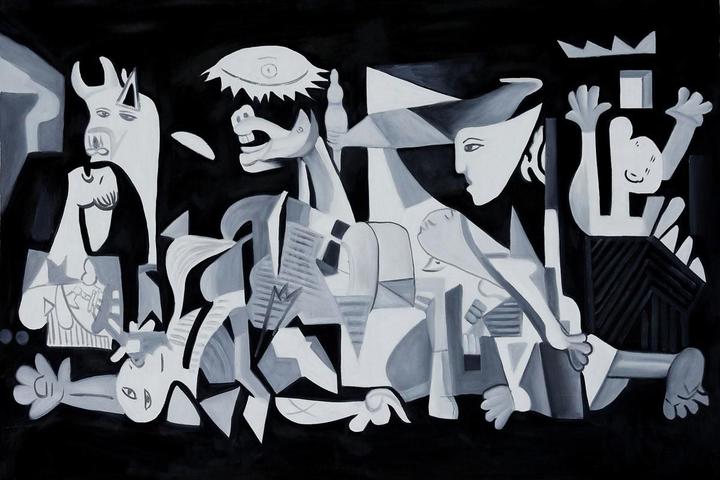
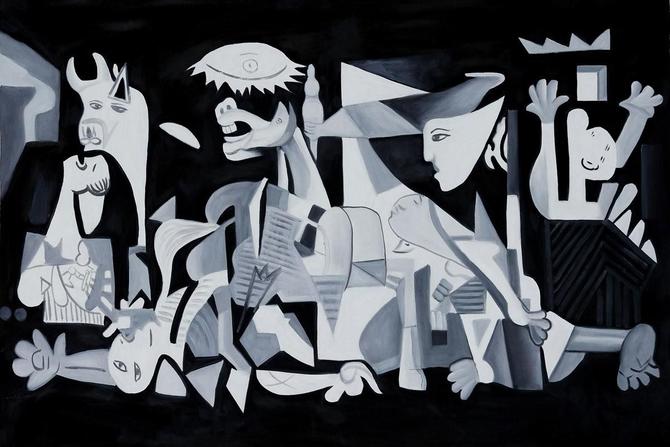

Speaking about literature, I would like to highlight the poem “If I Should Die” by Emily Dickinson. While I was reading this poem, I felt ambiguous feelings. In my opinion, each person will take out something from this poem, depending on whether he is an optimist or a pessimist by life. The main idea that an optimist can see in the verse is the cycle of life in nature, that is, the main thing for him is that life will continue after his death: “you should live”, “morn should beam”, ” noon should burn” (Dickinson). What about people, who are inclined to see more negative things in their lives, they may consider the topic of the insignificance of one’s own life as the main one, as after their death nothing will change and life will go its own way. I tend to believe that Dickenson wanted to show in her verse that death is an inalienable natural part of life and after one life ends, another one begins.
Equally with artists and poets, the theme of death excited and worried the composers of all time too. Its most important musical embodiment is Requiem: in the strict sense - the Catholic funeral service, and in more broadly sense - a large-scale musical statement about memory and death. In my paper, I would like to analyze Requiem by Mozart. The composition completed the creative path of a great composer and was his last work. This alone makes one perceive his music in a completely different way, as an epilogue of all life, an artistic testament. The content of the Requiem is predetermined by the very genre of the funeral mass (Leeson). Requiem pervades the thought of death, its tragic inevitability. This image has often awakened the creative imagination of Mozart, for example in his “Don Juan”. But, if in “Don Juan” the image of the other world, mysterious non-being was constantly opposed to the boiling of life with its complexities, then everything ordinary was receding into the background in “Requiem”. To my mind, the main theme revealed in the composition was the theme of desperate pain of parting with life, apprehensible to every person, and uncovered with terrific sincerity.
In conclusions, I would like to say that the problem of life and death is one of the most significant problems in all spheres of human culture. Different authors, in their works, express differently their attitude towards death, someone treats it as a natural, integral part of life, someone is horrified by a violent death, someone praises suicide and someone considers it a stepping stone to something new, unknown. In the life of every person, there comes a time when he thinks about death. Of course, there are some people, who value life neither their own nor others, but I want to believe that most people value life and cherish it.
Have your paper written from scratch with Writing Endeavour and be sure to receive a high grade!